Naphazoline+phenylephrine+sodium Carboxy Methyl Cellulose
About Naphazoline+phenylephrine+sodium Carboxy Methyl Cellulose
Naphazoline+phenylephrine+sodium Carboxy Methyl Cellulose is a combination drug containing 'ophthalmic medication,' primarily used to treat allergic diseases of the eye. It helps to treat swelling, redness of the eye, and temporary relief from the eye's discomfort and burning. An allergy is an immune system response to foreign elements typically not harmful to your body. Eye allergy is when the eye becomes red and swelled up, leading to inflammation, discomfort and pain.
Naphazoline+phenylephrine+sodium Carboxy Methyl Cellulose contains three medicines namely naphazoline, phenylephrine, and sodium carboxymethylcellulose. Phenylephrine and naphazoline present in Naphazoline+phenylephrine+sodium Carboxy Methyl Cellulose are decongestants, both working by narrowing the eye's blood vessels to reduce inflammation (redness and swelling in the eye). Carboxymethylcellulose is a lubricating agent the same as natural tears. It provides temporary relief of discomfort and burning due to dryness of the eye.
Take Naphazoline+phenylephrine+sodium Carboxy Methyl Cellulose as prescribed by your doctor. You are advised to take Naphazoline+phenylephrine+sodium Carboxy Methyl Cellulose for as long as your doctor has prescribed it for you depending on your medical conditions. You may experience eye irritation, harshness in the eyes, eye pain, photophobia, and blurred vision. Most of these side effects of Naphazoline+phenylephrine+sodium Carboxy Methyl Cellulose do not require medical attention and gradually resolve over time. However, if the side effects persist or worsen, please consult your doctor.
Naphazoline+phenylephrine+sodium Carboxy Methyl Cellulose is for external use only. Never encourage self-medication or suggest your medicine to someone else. If you wear contact lenses or are wearing them, remove them before using Naphazoline+phenylephrine+sodium Carboxy Methyl Cellulose, and you can put them back 15 minutes after using Naphazoline+phenylephrine+sodium Carboxy Methyl Cellulose. Inform your doctor if you are pregnant or breastfeeding or are allergic to this medicine or taking any other medication. It is advised not to drive or operate heavy machinery after using this medicine as it may cause blurring of vision and may affect your ability to drive.
Uses of Naphazoline+phenylephrine+sodium Carboxy Methyl Cellulose
Medicinal Benefits
Naphazoline+phenylephrine+sodium Carboxy Methyl Cellulose is a combination drug containing 'ophthalmic medication,' primarily used to treat allergic diseases of the eye. It helps to treat swelling, redness of the eye, and temporary relief from the eye's discomfort and burning. Phenylephrine and naphazoline present in Naphazoline+phenylephrine+sodium Carboxy Methyl Cellulose are decongestants, both working by narrowing the eye's blood vessels to reduce inflammation. Carboxymethylcellulose is a lubricating agent same as natural tears. It provides temporary relief of discomfort and burning due to dryness of the eye.
Directions for Use
Storage
Side Effects of Naphazoline+phenylephrine+sodium Carboxy Methyl Cellulose
- Eye irritation
- Harsh in the eyes
- Eye pain
- Photophobia
- Blurred vision
Drug Warnings
Do not take Naphazoline+phenylephrine+sodium Carboxy Methyl Cellulose if you are allergic to any of its ingredients. Inform your doctor about all the prescription and non-prescription medications you are taking, especially eye medications, products. Naphazoline+phenylephrine+sodium Carboxy Methyl Cellulose contains phenylephrine, a pregnancy category C, and its safety in pregnancy is unknown. So, Naphazoline+phenylephrine+sodium Carboxy Methyl Cellulose should only be used in pregnancy and breastfeeding women if prescribed by a doctor. If you wear contact lenses or wearing them, remove it before using Naphazoline+phenylephrine+sodium Carboxy Methyl Cellulose, and you can put it back 15 minutes after using Naphazoline+phenylephrine+sodium Carboxy Methyl Cellulose. Wash your hands properly before using Naphazoline+phenylephrine+sodium Carboxy Methyl Cellulose to avoid any infection. If you are using two eye medications, never put them together; wait for at least 5 minutes and then put the second one. Naphazoline+phenylephrine+sodium Carboxy Methyl Cellulose contains phenylephrine, which is contraindicated when taken along with MAO inhibitor. So, Naphazoline+phenylephrine+sodium Carboxy Methyl Cellulose should not be used if you are taking any MAO inhibitor to avoid any serious drug reaction. Also, Naphazoline+phenylephrine+sodium Carboxy Methyl Cellulose should be taken at least 14 days after your last dose of anti-depressants, especially monoamine oxidase inhibitors (MAO).
Drug Interactions
Drug-Drug Interaction: Naphazoline+phenylephrine+sodium Carboxy Methyl Cellulose may interact with migraine medicines (ergotamine, dihydroergotamine), antidepressant medicines (doxepin, amoxapine), MAO (monoamine oxidase) inhibitor (selegiline), anti-asthma medicines (albuterol, salbutamol).
Drug-Food Interaction: Avoid alcohol intake and tobacco consumption with Naphazoline+phenylephrine+sodium Carboxy Methyl Cellulose as it may cause increased drowsiness, dizziness, and lack of concentration.
Drug-Disease Interaction: If you have high blood pressure, coronary artery disease, glaucoma (increased pressure in the eye), kidney or liver problems, thyroid disease, and diabetes inform your doctor before taking Naphazoline+phenylephrine+sodium Carboxy Methyl Cellulose.
Drug-Drug Interactions Checker List:
Safety Advice

Alcohol
safe if prescribedNaphazoline+phenylephrine+sodium Carboxy Methyl Cellulose is not known to interact with Naphazoline+phenylephrine+sodium Carboxy Methyl Cellulose is taken together, but it should be taken in limit.

Pregnancy
cautionNaphazoline+phenylephrine+sodium Carboxy Methyl Cellulose contains phenylephrine, which is a pregnancy category C and its safety in pregnancy is not known.

Breast Feeding
cautionNaphazoline+phenylephrine+sodium Carboxy Methyl Cellulose should be used with caution if you are breastfeeding. Also, do not touch the breast if you have put Naphazoline+phenylephrine+sodium Carboxy Methyl Cellulose to avoid any harmful effect on the baby.

Driving
unsafeNaphazoline+phenylephrine+sodium Carboxy Methyl Cellulose is known to cause blurry vision, so do not drive a car or operate any machinery which requires concentration.

Liver
cautionTake Naphazoline+phenylephrine+sodium Carboxy Methyl Cellulose with caution, especially if you have a history of liver diseases/conditions. The dose may be adjusted by your doctor as required.

Kidney
cautionTake Naphazoline+phenylephrine+sodium Carboxy Methyl Cellulose with caution, especially if you have a history of kidney diseases/conditions. The dose may be adjusted by your doctor as required.

Children
unsafeNaphazoline+phenylephrine+sodium Carboxy Methyl Cellulose is not recommended for children below 12 years of age. However, please consult a doctor before giving Naphazoline+phenylephrine+sodium Carboxy Methyl Cellulose to children.
Habit Forming
Diet & Lifestyle Advise
- Wash your hands with soap and water regularly to prevent the spread of germs.
- Eat plenty of foods rich in good bacteria like yogurt to improve overall health.
- Drink plenty of fluids to avoid dehydration.
- Gargle with salt water for relief from sore throat.
- Avoid alcohol consumption with Naphazoline+phenylephrine+sodium Carboxy Methyl Cellulose as it may cause tiredness, drowsiness, or lack of concentration.
Special Advise
- Do not take Naphazoline+phenylephrine+sodium Carboxy Methyl Cellulose if you have taken an MAO inhibitor (anti-depressant medication) in the past 14 days; it may cause serious drug interaction.
Patients Concern
Disease/Condition Glossary
Eye Allergy: An allergy is an immune system response to foreign elements typically not harmful to your body. These foreign elements are known as allergens.’ Allergic condition varies from person to person. Some might be allergic to certain foods and seasonal allergies like hay fever. While others might be allergic to pollen or pet dander. Eye allergy is when the eye becomes red and swelled up, leading to inflammation, discomfort and pain.
FAQs
Naphazoline+phenylephrine+sodium Carboxy Methyl Cellulose is used to treat allergic diseases of the eye. It helps to treat swelling, and redness, and provides temporary relief from discomfort and burning.
Naphazoline+phenylephrine+sodium Carboxy Methyl Cellulose contains three medicines namely naphazoline, phenylephrine, and sodium carboxymethylcellulose. Phenylephrine and naphazoline present in Naphazoline+phenylephrine+sodium Carboxy Methyl Cellulose are decongestants, both working by narrowing the eye's blood vessels to reduce inflammation (redness and swelling in the eye). Carboxymethylcellulose is a lubricating agent the same as natural tears. It provides temporary relief of discomfort and burning due to dryness of the eye.
Yes, the use of Naphazoline+phenylephrine+sodium Carboxy Methyl Cellulose can cause blurry vision for the short term. So, please do not drive or operate any car or machinery which requires concentration to avoid any mishappening.
No, you should not use Naphazoline+phenylephrine+sodium Carboxy Methyl Cellulose if you are wearing contact lenses. If you wear contact lenses or are wearing them, remove them before using Naphazoline+phenylephrine+sodium Carboxy Methyl Cellulose, and you can put them back 15 minutes after using Naphazoline+phenylephrine+sodium Carboxy Methyl Cellulose.
Naphazoline+phenylephrine+sodium Carboxy Methyl Cellulose contains phenylephrine which is contraindicated when taken along with MAO inhibitor. So, Naphazoline+phenylephrine+sodium Carboxy Methyl Cellulose should not be used if you are taking any MAO inhibitor to avoid any serious drug reaction. Also, Naphazoline+phenylephrine+sodium Carboxy Methyl Cellulose should be taken at least 14 days after your last dose of anti-depressants, especially monoamine oxidase inhibitors (MAO).
No, Naphazoline+phenylephrine+sodium Carboxy Methyl Cellulose should not be used simultaneously with other eye medications. At least, a gap of 5 minutes should be there between using two eye medications.


